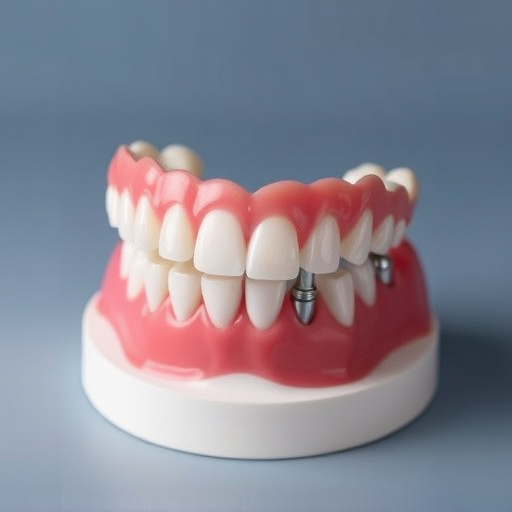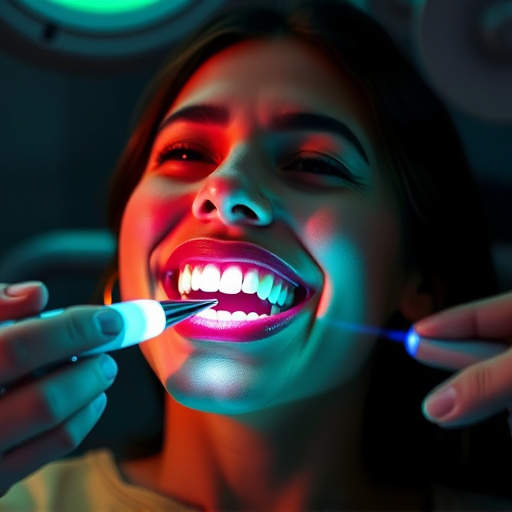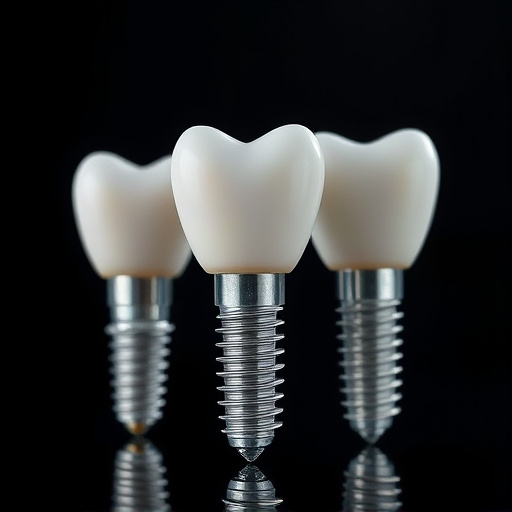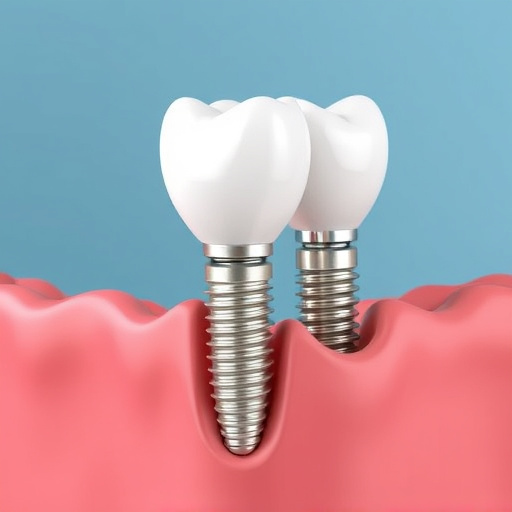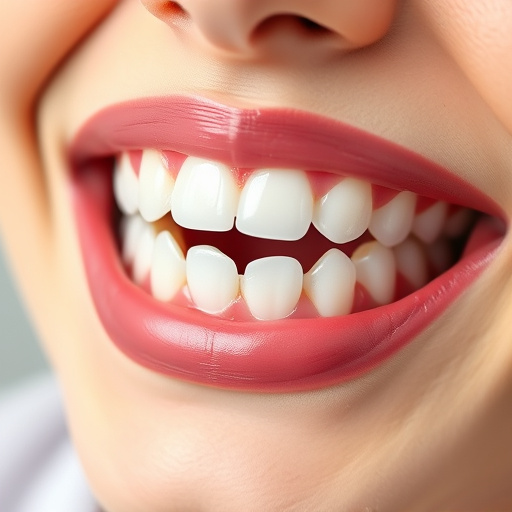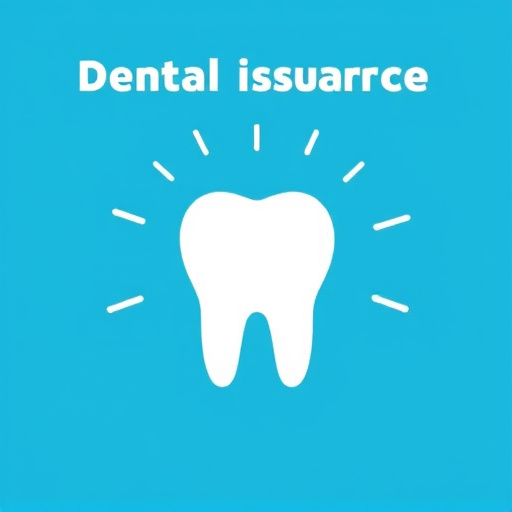Assessing the need for wisdom teeth removal focuses on their potential impact on oral health. Wisdom teeth may not erupt properly, causing overcrowding, impaction, infections, and pain. Regular dental check-ups with X-rays are crucial for early identification of issues. Prompt attention to symptoms like severe pain, swelling, or infection is essential. Maintaining optimal oral health through preventive dentistry can delay or prevent removal.
Are your wisdom teeth causing pain or discomfort? Understanding when to remove them is crucial for maintaining optimal oral health. This comprehensive guide explores the key factors in assessing the need for wisdom teeth removal, from identifying common issues like impaction and inflammation to understanding the procedure’s intricacies and recovery process. We’ll also dissect the optimal timing for removal, considering age, health, and medical history, helping you make an informed decision with your dentist.
- Assessing the Need for Wisdom Teeth Removal
- – Understanding the role of wisdom teeth and common issues they cause
- – When impaction or inflammation occurs: signs and symptoms to watch out for
Assessing the Need for Wisdom Teeth Removal
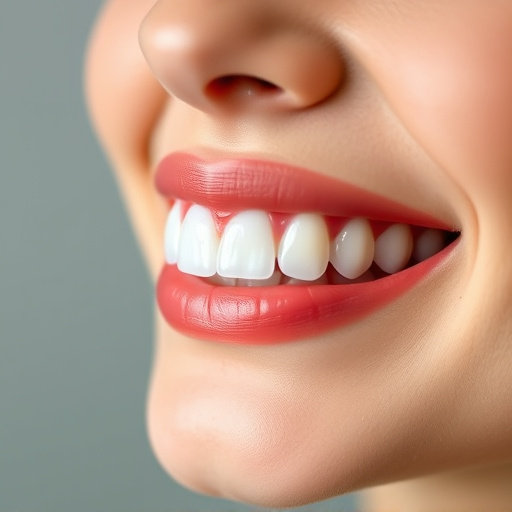
Assessing whether wisdom teeth removal is necessary involves understanding the potential impact these teeth can have on oral health. Often, wisdom teeth (also known as third molars) may not have enough room to properly erupt, leading to impaction or partial eruption. This can cause discomfort, pain, and potential damage to adjacent teeth. Overcrowding may also lead to difficulty cleaning these back teeth effectively, increasing the risk of dental caries, gum disease, and other oral health issues.
Regular dental check-ups play a crucial role in assessing the need for wisdom teeth removal. Dentists can monitor the development and position of wisdom teeth through X-rays, identifying any signs of impaction or potential problems early on. In some cases, emergency dental care may be required if symptoms like severe pain, swelling, or infection arise. Preventive dentistry is key here—addressing issues promptly can often prevent more complex procedures in the future.
– Understanding the role of wisdom teeth and common issues they cause
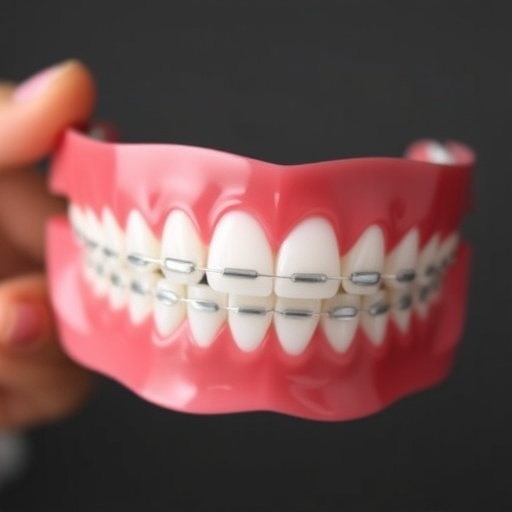
Wisdom teeth, also known as third molars, are the last set of teeth to erupt in a person’s mouth, typically between the ages of 17 and 25. Their primary role is not always clear, but historically, they were believed to be useful for chewing tough foods or grinding materials, similar to ancestral diets. However, in many cases, wisdom teeth don’t fully erupt or are misaligned, leading to various dental issues.
Common problems associated with wisdom teeth include impaction, where the tooth is partially or completely stuck beneath the gum line or bone; overcrowding, causing existing teeth to shift; infection and gum disease due to difficulty cleaning the back molars; and pain, swelling, and damage to nearby teeth or nerves. Regular dental check-ups and cleanings can help monitor wisdom teeth’ development and health. In some cases, a dentist might recommend wisdom tooth removal to prevent future complications, ensuring optimal oral health and hygiene.
– When impaction or inflammation occurs: signs and symptoms to watch out for

Impaction or inflammation of wisdom teeth is a common issue that requires prompt attention. One of the primary indicators is persistent pain in the jaw, especially around the back molars. This discomfort may radiate to the ears and is often accompanied by swelling and tenderness in the affected area. Other signs include difficulty swallowing, bad breath, and a bad taste in the mouth. Sometimes, partial eruption or misalignment of wisdom teeth can lead to food impaction, causing infection and further complicating matters. If you experience any of these symptoms, it’s crucial to consult a dentist. They might recommend an X-ray to assess the position of your wisdom teeth and determine if they are causing issues. Regular dental cleanings and preventive dentistry measures, such as proper oral hygiene, can help maintain optimal oral health and potentially delay or prevent wisdom teeth removal.
Determining the right time for wisdom teeth removal involves assessing potential issues and their impact on oral health. If you experience pain, swelling, or difficulty chewing, it may indicate impaction or inflammation requiring prompt action. Regular dental check-ups can help identify problems early on, ensuring timely intervention for a smoother recovery. In summary, when signs and symptoms persist, consulting a dentist for wisdom teeth removal is crucial to prevent further complications.








